BLOG
Five exercises for people who spend a long time sitting
A sedentary lifestyle has become a serious threat to our health. People who work eight hours a day and sit continuously at a computer or laptop are sure to feel discomfort in their neck, shoulders and back. The body also suffers from the constant tension and stress that we inevitably face on a daily basis. That’s why it’s not surprising that many of us don’t even want to go for a walk after a day spent in the office, let alone exercise. When we get home, we can’t wait to lie down on the couch, turn on the TV and relax with a cup of coffee and maybe some snacks. We don’t even want to think about how harmful this is, nor are we aware that just a little physical activity can make a big difference.
Here are five exercises that you can do in your living room. You will start feeling benefits from them in a matter of weeks. Slowly but surely you will activate and strengthen your muscles, increase the mobility of your joints and most importantly, feel better, more positive and satisfied.
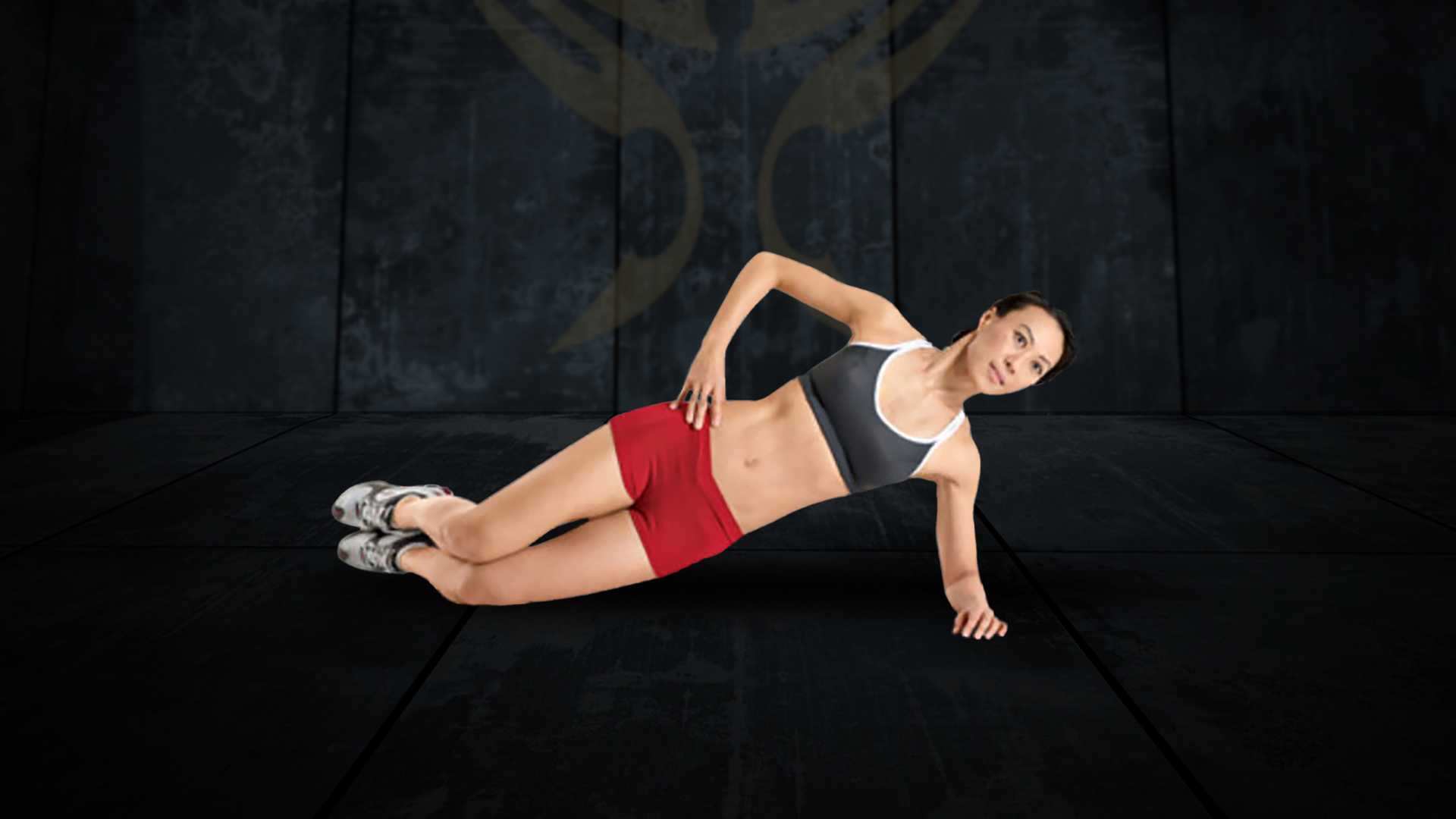
1. The SIDE PLANK exercise will help you build functional strength and reduce the risk of lower back pain. You do this exercise by lying on your side and leaning on the elbow of the hand that is closer to the ground. The elbow is positioned right under the shoulder, the legs are bent at an angle of 90 degrees, the knee is resting on the other knee, and one foot is resting on another. When you have assumed a proper position, take a deep breath through your nose, start exhaling, and start lifting your body off the ground. For the exercise to be even more effective, it would be good if you could lower your rib cage during the exhalation phase and extend the hand that is not resting on the ground forward as much as possible.
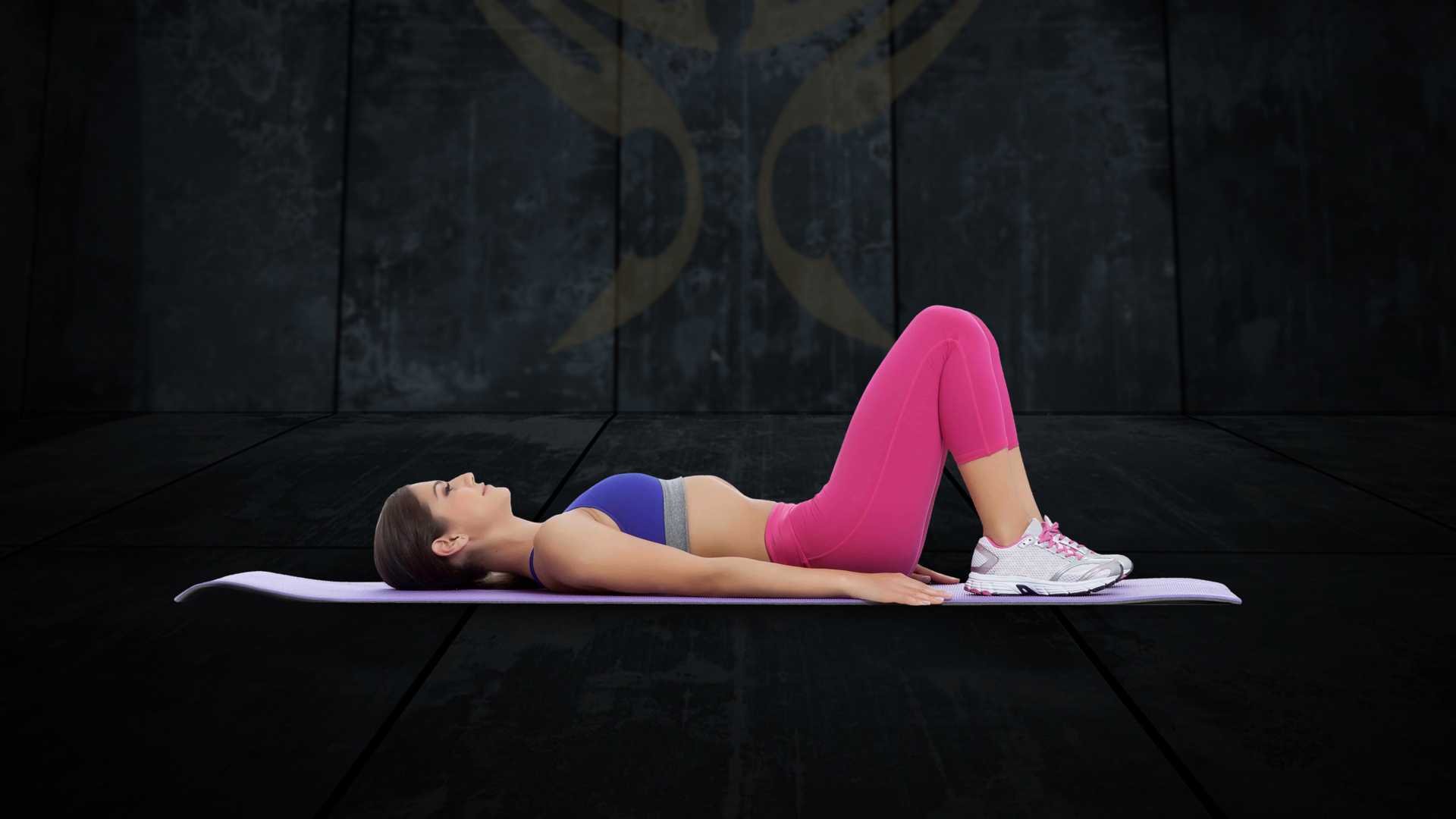
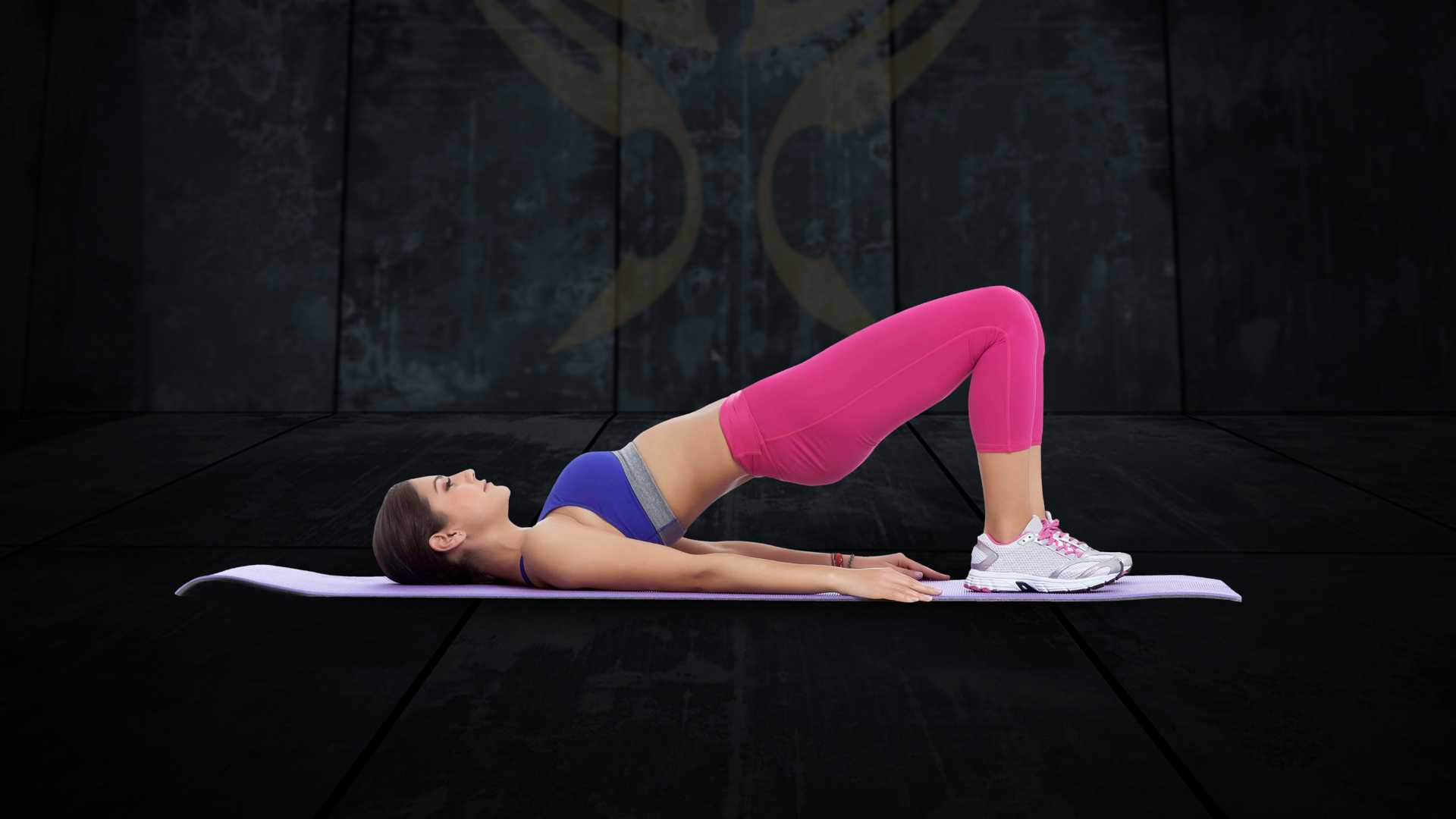
2. The GLUETE BRIDGE exercise opens the spine and alleviates the consequences of prolonged sitting. You do it by lying on your back, bending your legs at the knee, and exhaling strongly to better position the rib cage, that is, to prevent the initial hyperextension in the lumbar region. After that, we raise our hips and try to feel the gluteus. Two problems can arise when performing this exercise. The first problem is that the back lodge is more felt and activated. This happens if the angle between the lower leg and upper leg is greater than 90 degrees. Another problem is discomfort or pain in the back, which should not be tolerated in any exercise that treats a back injury. The pain can happen if we do not fulfil some of the technical requirements of the exercise, such as the proper position of the pelvis, feet, etc., or if the exercise is currently too difficult for you to do.
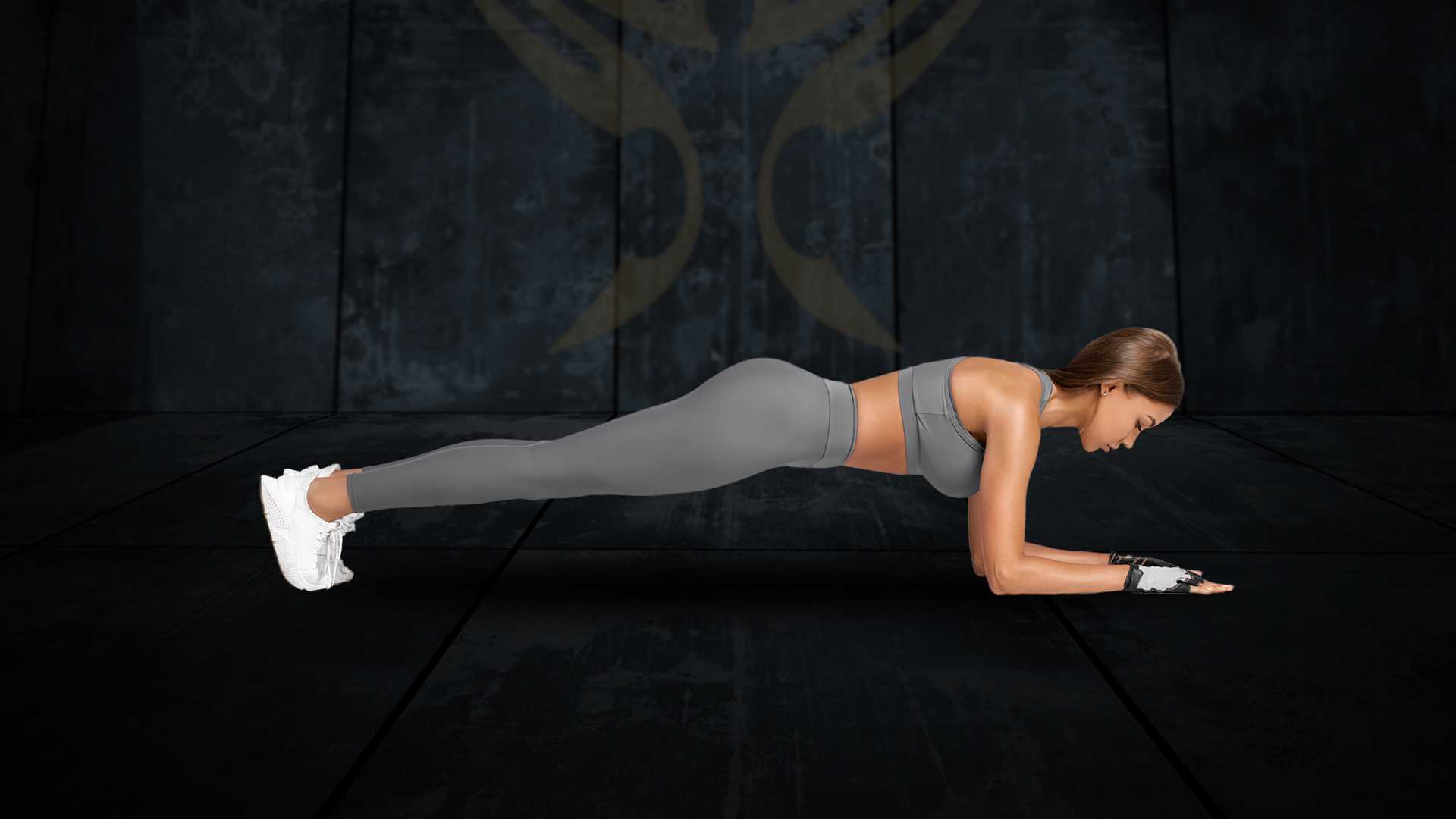
3. PLANK is one of the seemingly simplest but at the same time one of the most difficult exercises that activate all the muscles. It belongs to the group of exercises aimed at strengthening so-called core muscles. You start by facing the ground with your elbows positioned under your shoulders. You lift your body just enough to make a straight line out of it. When performing this exercise it is very important to keep your quadriceps and gluteus muscles active.
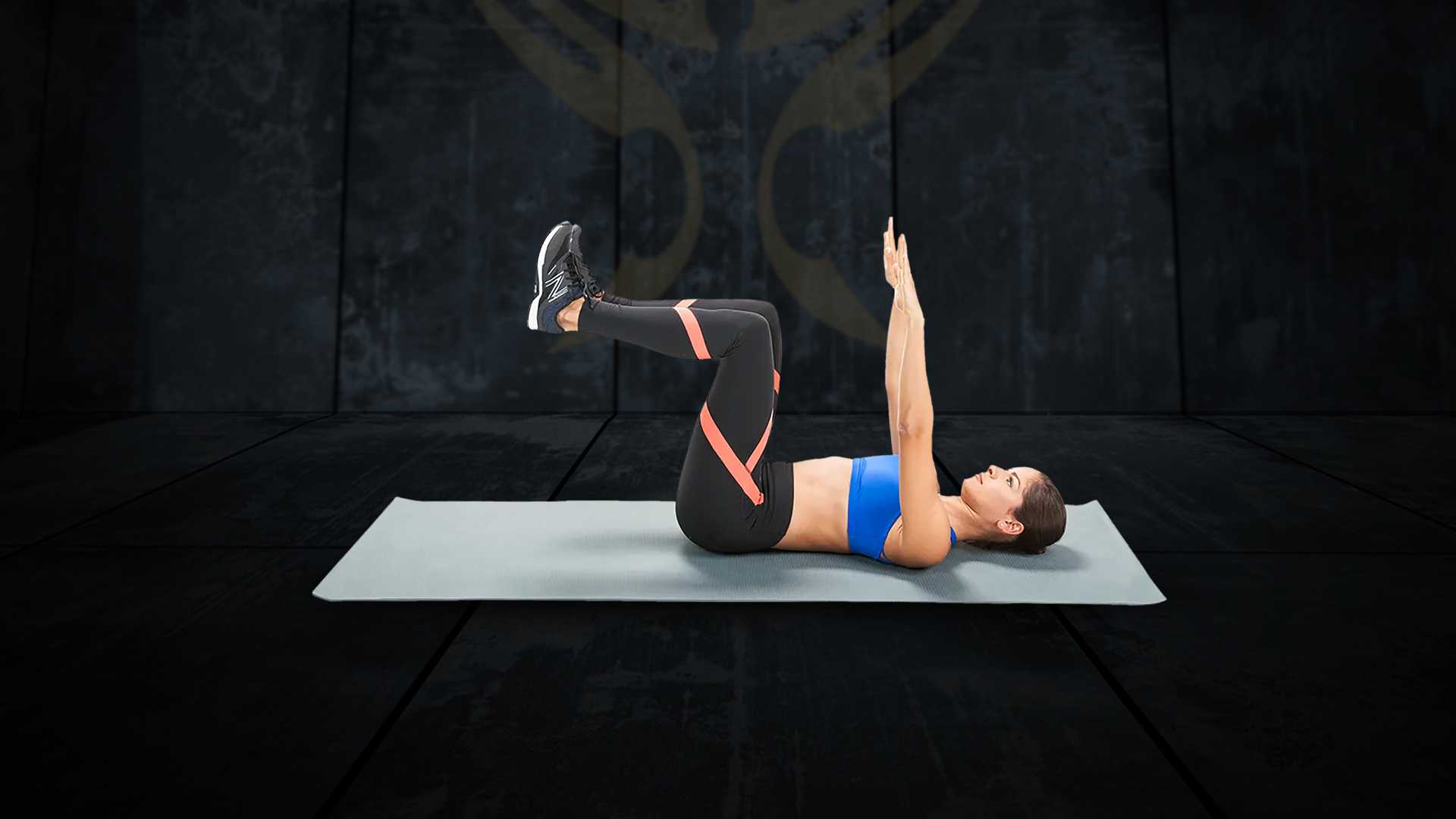
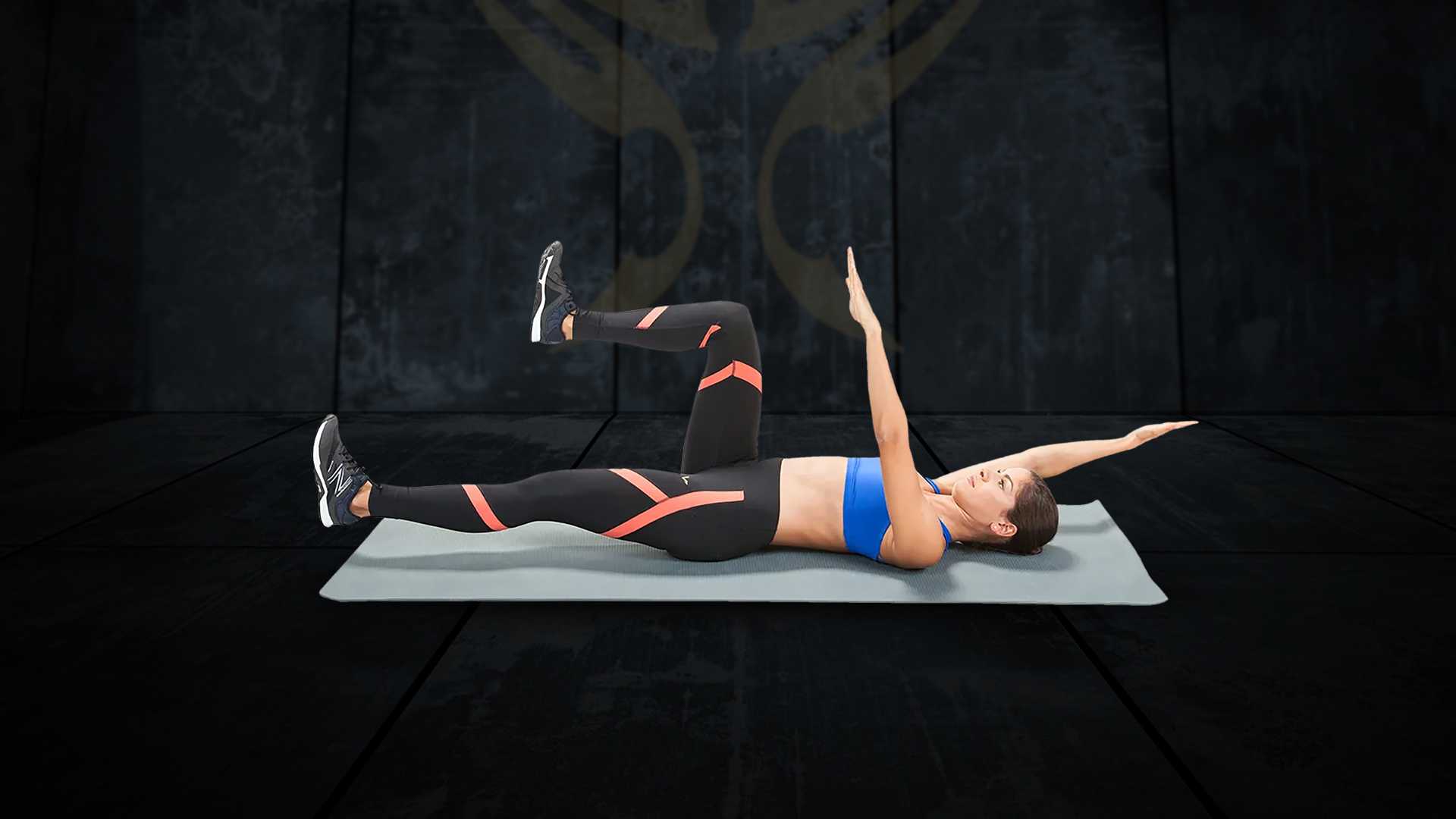
4. DEAD BUG DIAGONAL is a safe variant for strengthening the stomach muscles and hip flexors, depending on which variation we do and what problem we are solving for the client. We start with a basic variation of this exercise during which we strengthen the abdominal muscles, hip flexors, and basic motor control. We lie on our backs with our knees above hip height and our arms extended towards the ceiling. Let’s exhale slowly to level the rib arch to have a better starting position, that is, posture. Then we simultaneously lower one arm and extend the opposite hip, with the feet doing dorsiflexion. If this is too hard for you, do a regression. The method of execution is the same, but this time, keep your leg constantly at a 90-degree angle. We recommended repeating the exercise 5 times on each side.
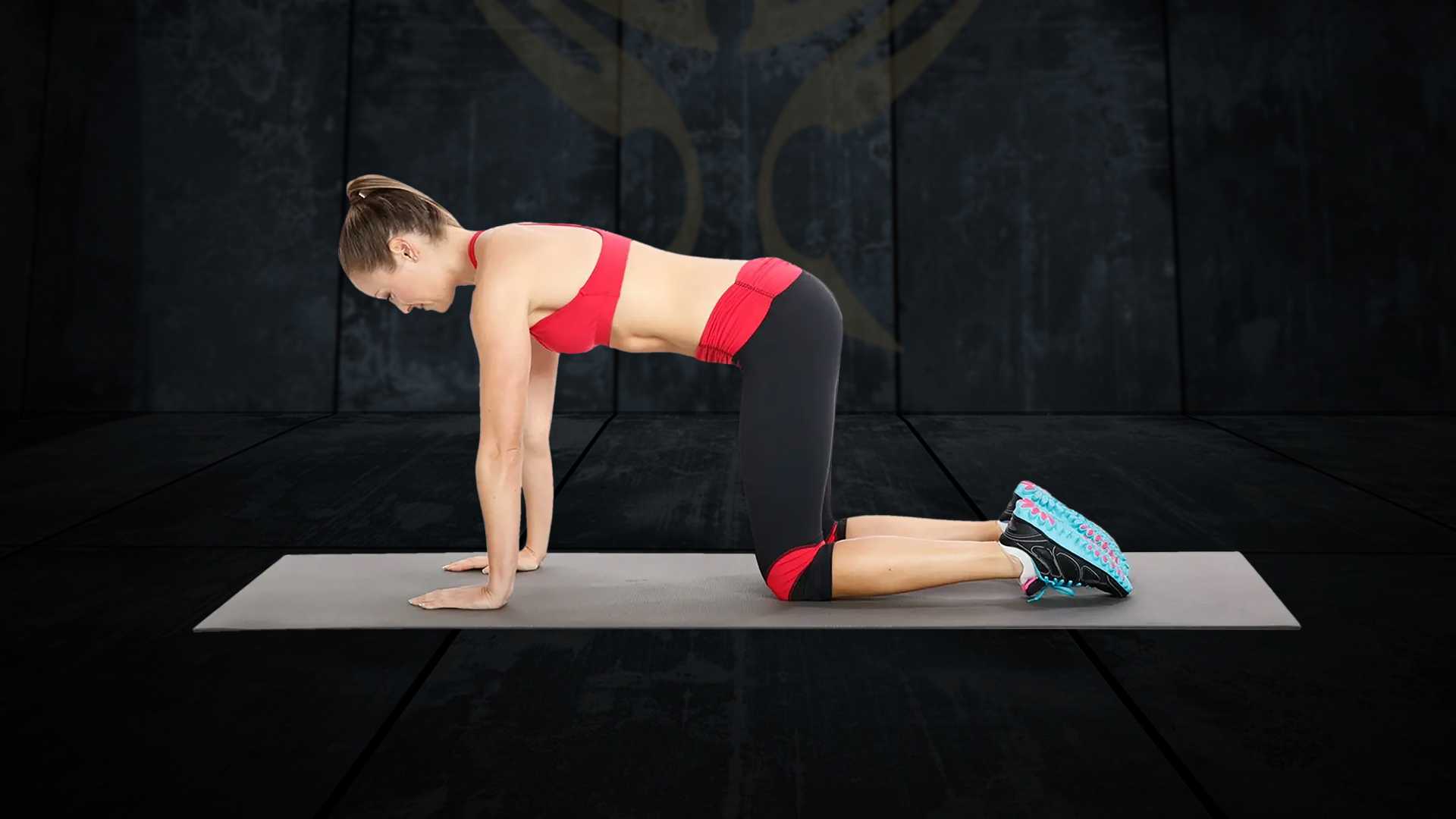
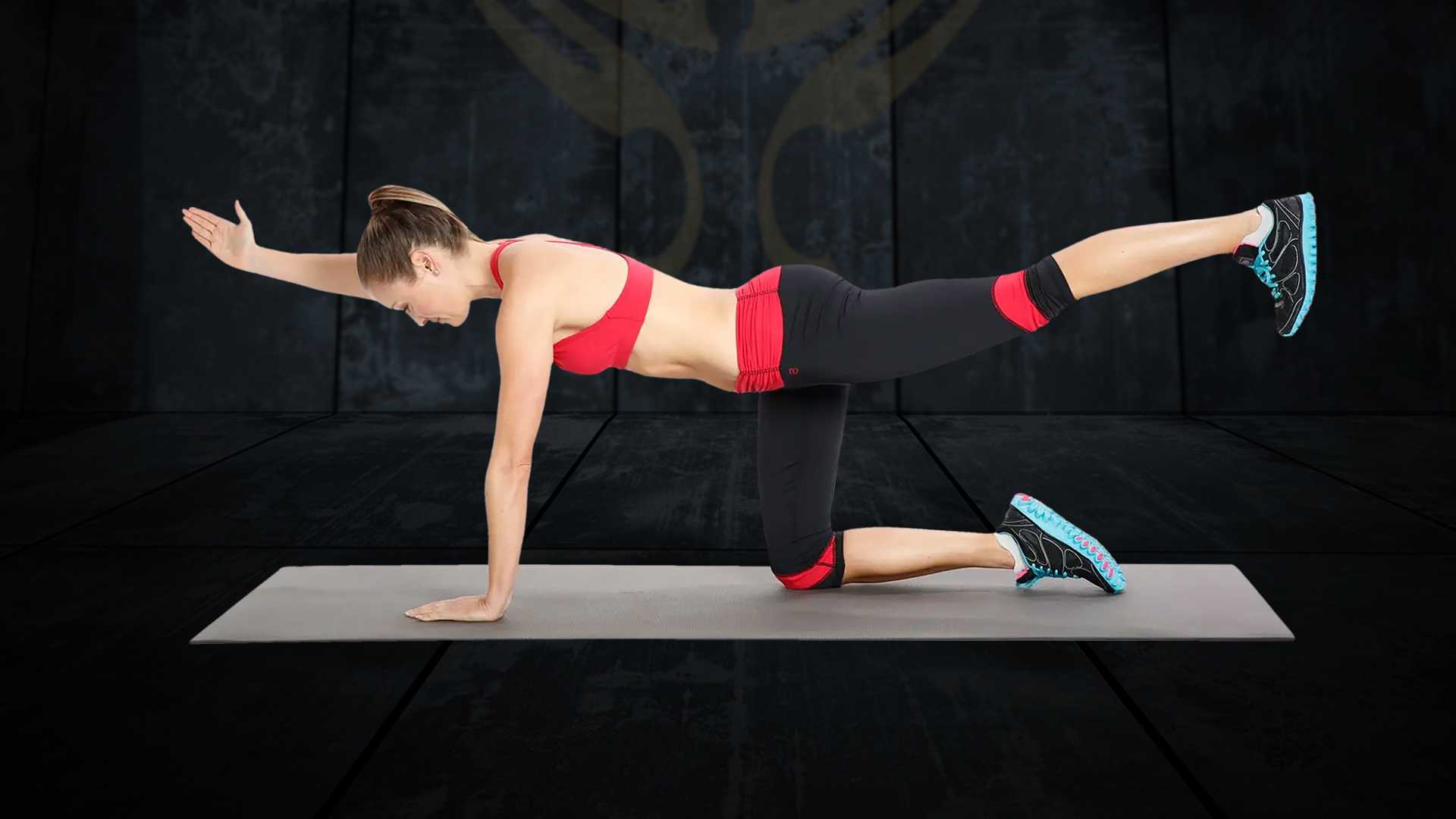
5. BIRD DOG is an excellent exercise for everybody with back problems. It is performed by simultaneously stretching the opposite arm and leg in the “on all fours” position. To achieve the best possible effect, the lumbar part must be strictly neutral in the initial phase. Before extending the leg, each repetition should be accompanied by proper breathing. The leg you extend should not exceed hip height. It can even be below hip level, so you don’t lose stability. This exercise is ideal for achieving trunk stability, as well as motor control.
Address
Pivljanina Baja 19
Working time
Working days: 8AM – 8PM
Saturday: 8AM – 4PM
Telephone
065 60 55 865
